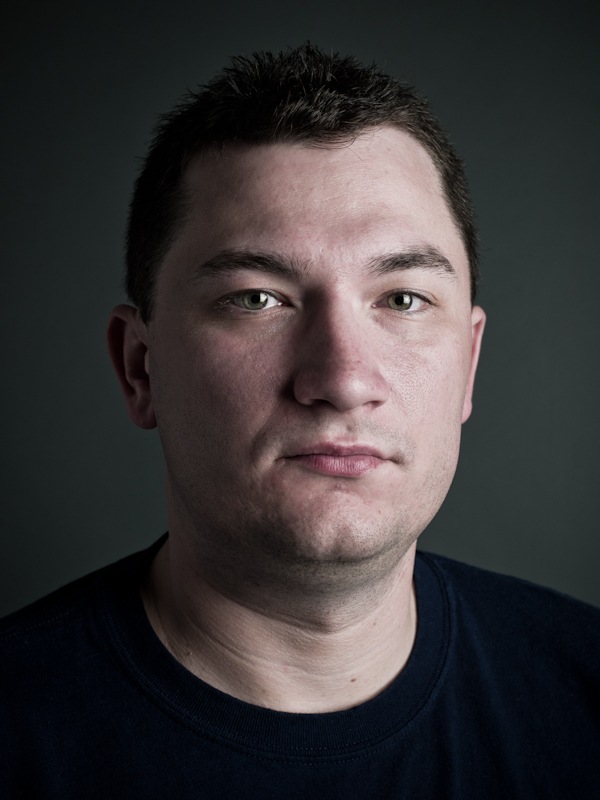
So, I’ve always loved drag performance, especially camp drag. But in every instance in which I would say I want to document drag performers, I found negative response. “Why? What’s the point? It’s just drag.” Just drag. That haunted me. What did it imply? I had to consider whom I asked. The drag queens I included and also many who just knew about the typology, while not liking my choice to leave the photographs un-retouched, did support my concept. The same with photographers, who also happened to identity with LGBTQ. On the opposing end, those I asked, who were photographers, and identified as straight man or straight woman, and existed in this world of particular photographic critique, held a strong hetero-normative perspective in terms of taking in information and then assessing it for themselves. I thought this divide was interesting enough to compel more exploration of the idea surrounding ‘why is drag so readily dismissed?’ that I couldn’t leave alone.
I began photographing the backstage shenanigans and Sunday night performances of The Armorettes, a renowned camp drag troupe in Atlanta. These images became part of a sketchbook where I could flush my thoughts. I kept noticing I was focused on the dichotomy of woman and man, and what it meant for a man to appear feminine. I felt that drag expressed so much of what it means to just appear as a man or woman – what’s expected and what’s subversive.
This is considered personal work, though I don’t really do anything that isn’t personal work (no commissions or assignments just yet)
When I look at these portraits, I see all of my questions and answers about gender and sexuality written on the faces and drawn in the expressions of the men I’ve photographed thus far.